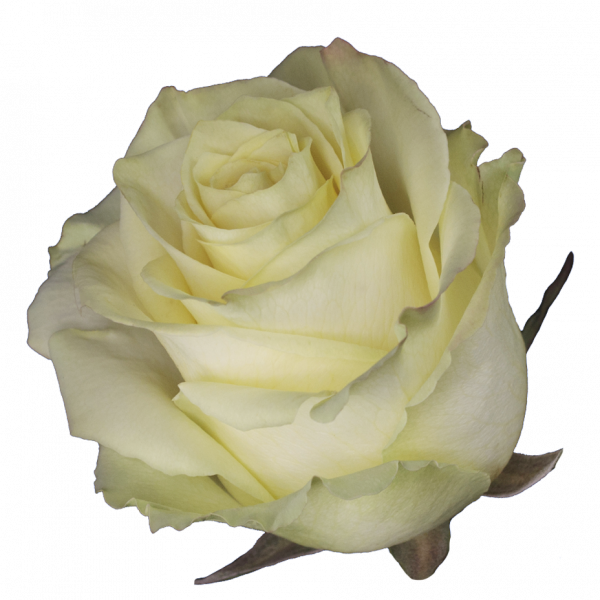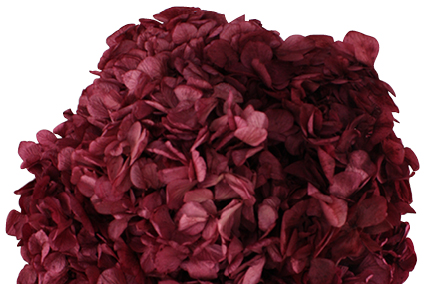Mint®
CC BY 4.0
license model by Creative Commons (CC)
We let others use our work; they must give us credit by naming us as the owner and providing a link to us. If others want to use our work without giving us credit, they must get our permission first.
In case that other parties are stored as member connected to this license in the picture upload process, they will be holding the rights of licensor as described above.
> > > mehr lesen
MINT® zeigt ein sehr helles Pastellgelb, das von der Oberseite der Blütenblätter her den Ton der Rose angibt. Von außen scheint MINT® eher weiß im Grundton, mit pastellgelben Akzenten an den Rändern, die zur Peripherie der Blüte hin in ein freundliches hellgrün übergehen. Damit steht MINT® an der Grenze zwischen Weiß, Hellgelb und Creme. Warum die Sorte nach Minze benannt wurde, erschließt sich nicht (da denkt man doch eher an einen 50-er Jahre Cadillac). Für das Frühjahrserleben mag die Sorte den Ton treffen, ansonsten werden die farblich unklar definierten Sorten erfahrungsgemäß eher gemieden. Na dann: „Frohe Ostern“!
Headsize:
The catehgories based on expert estimations. A variete of factors have aninfluence on the head size: the cut point, plant management, climate conditions, altitude of the plantation.
Stem length:
The stem length depends on the genes of the variety. Head size and stem length should harmonize. Long varieties usually have big blossoms and are more expensive.
Fragrance:
It is a common expectation that a rose should have a fragrance. A fragrance may last only a few days or a few houers, it may be faint or persistently strong and fill a room.
Habitus:
Roses that open from a single centre in a circular movement are classified as elegant. Some roses show a double or quadruple heart; these are classified as gardenlike.











